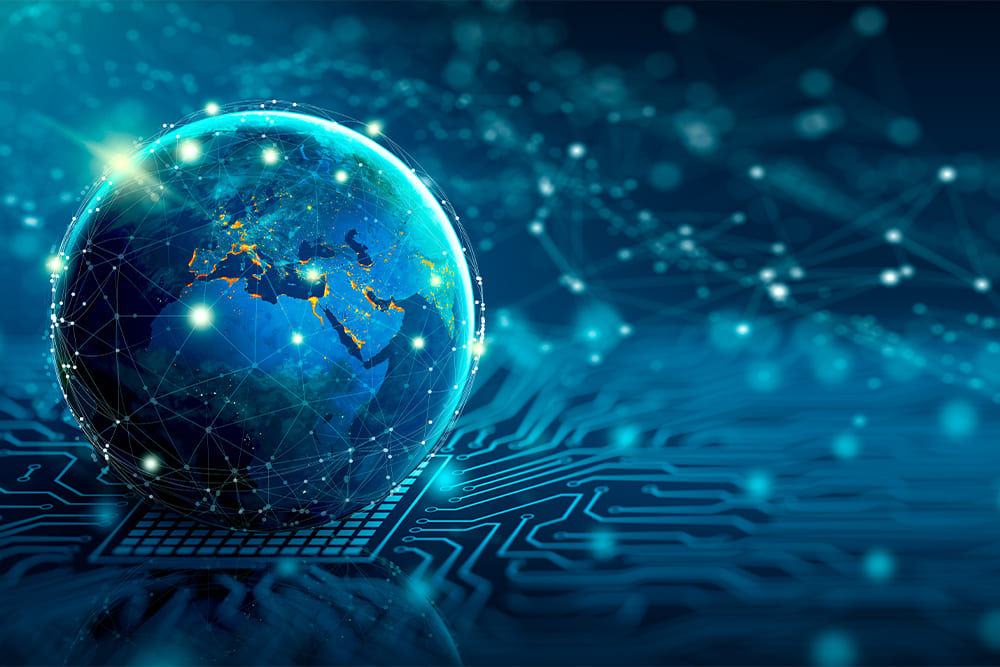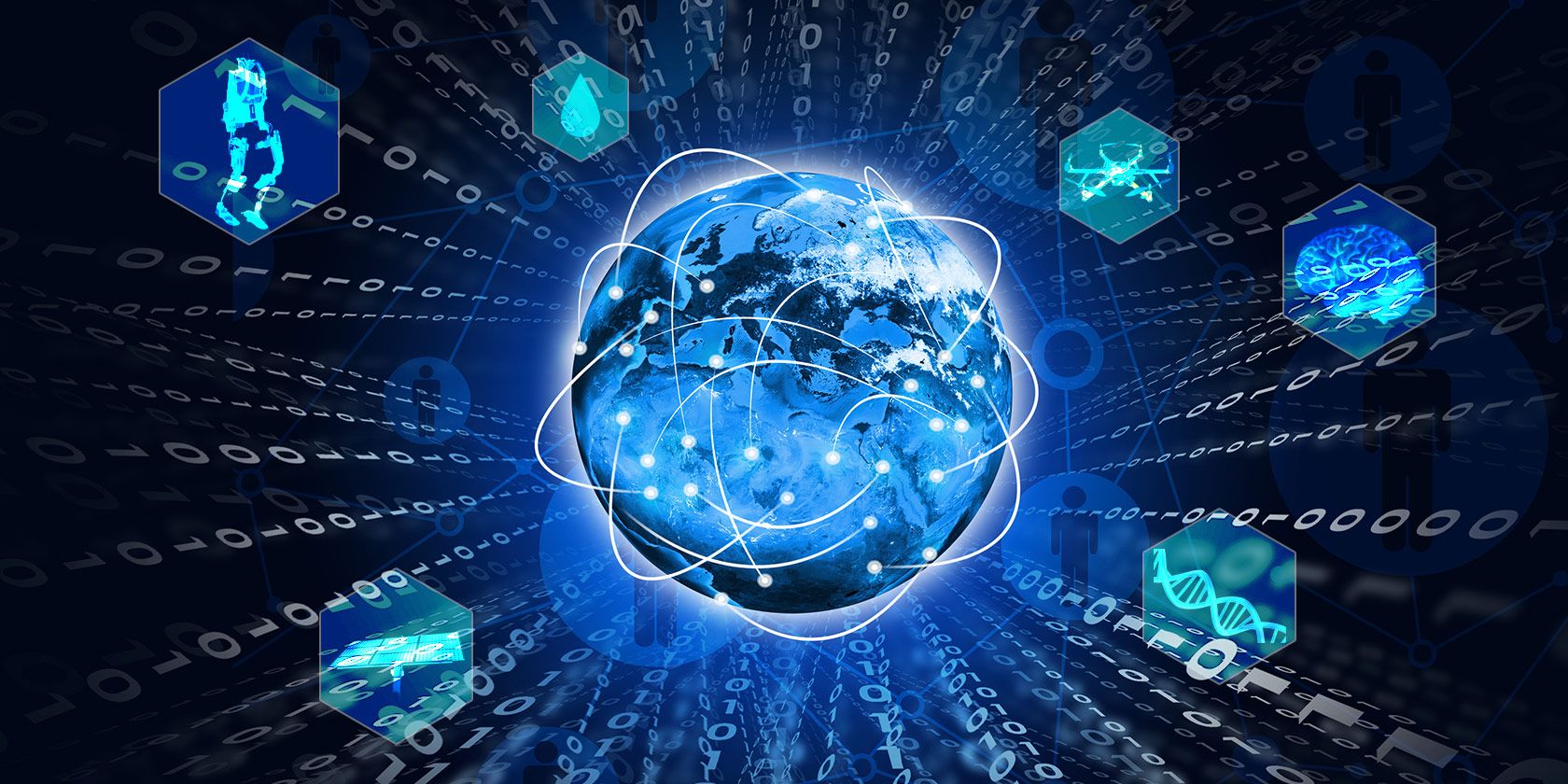Industrial Revolution Inventions Shaping Modern Business and Society
Introduction
The Industrial Revolution marked a transformative era in human history, introducing inventions that shifted society from agrarian economies to industrial powerhouses. These innovations created entirely new business models, changed the way people lived and worked, and established foundations for many technologies and services we rely on today. This article explores the most significant inventions from the Industrial Revolution, detailing their origins, ongoing impact, and practical ways they continue to shape both business and society.
The Steam Engine: Powering Progress
The steam engine , first successfully built by Thomas Newcomen in 1712 and later improved by James Watt, is widely regarded as the cornerstone of the Industrial Revolution. Originally designed to pump water out of coal mines, the steam engine enabled deeper mining operations and facilitated the rapid expansion of industries by providing reliable mechanical power. Its application soon extended beyond mining to factories, trains, and ships, catalyzing the growth of urban centers and enabling the mass movement of goods and people [1] .
Today, the principles of steam power underlie modern electricity generation in thermal power plants. Businesses and municipalities may access industrial-scale power by partnering with energy providers or utilities that operate steam-driven facilities. For details on how steam technology is used in modern energy production, consider searching for ‘combined cycle power plants’ or consulting major energy companies operating in your region.

Source: thecconnects.com
Textile Machinery: Revolutionizing Manufacturing
The invention of machines like the Spinning Jenny , the power loom, and the sewing machine redefined textile production. The Spinning Jenny, patented by James Hargreaves in 1770, allowed unskilled workers to spin multiple spindles of thread simultaneously, shifting textile manufacture from cottage industries to centralized factories [1] . Elias Howe and Isaac Singer’s sewing machines further accelerated garment production, making clothing more accessible and affordable [2] .
Modern business continues to benefit from textile machinery through automation, mass customization, and global supply chains. Companies interested in leveraging advanced textile technologies can contact equipment suppliers or explore trade shows such as ITMA, the International Textile Machinery Association Exhibition, for the latest developments.
Mass Production and Assembly Lines: Efficiency Unleashed
The shift from handcrafted goods to mass production was a defining characteristic of the Industrial Revolution. The introduction of assembly lines, first pioneered in the automotive industry but now ubiquitous across manufacturing, enabled businesses to produce standardized goods at unprecedented scale and speed [3] . This method reduced costs, improved quality control, and allowed companies to meet growing consumer demand.
Businesses today can adopt mass production principles by investing in automated assembly systems, robotics, and lean manufacturing practices. For practical steps, organizations may consult industrial engineering firms or seek certification in Six Sigma and other continuous improvement methodologies.
Harnessing Electricity: Lighting and Power
While the earliest phase of the Industrial Revolution relied on coal and steam, the eventual harnessing of electricity changed business and society even further. The introduction of gas lighting by William Murdoch allowed factories and stores to operate beyond daylight hours, while the development of electrical grid systems in the late 19th century provided a new, flexible energy source for homes and businesses [3] .
Today, access to reliable electricity remains essential for business operations, from manufacturing to digital services. To secure power for commercial activities, companies may establish contracts with local utilities or consider renewable energy alternatives like solar or wind for sustainable growth. For more information, search for your local Public Utility Commission or visit the U.S. Department of Energy’s official website.
Transportation Innovations: Steam Locomotives and Automobiles
The creation of the steam locomotive and subsequent innovations in the internal combustion engine revolutionized transportation. Steam-powered trains enabled rapid movement of goods and people, opening new markets and facilitating urbanization. The automobile, powered by later advances in engine technology, transformed personal mobility and logistics [3] .
Modern businesses rely on these innovations for supply chain management, global commerce, and distribution. Companies seeking efficient transportation solutions can work with logistics providers, join industry associations such as the American Trucking Associations, or invest in fleet management software to optimize delivery routes and costs.
Communication Breakthroughs: Telegraph and Telephone
The invention of the telegraph by Samuel Morse and the telephone by Alexander Graham Bell dramatically improved long-distance communication, allowing businesses to coordinate operations, place orders, and respond to market trends in real-time [2] . These technologies laid the groundwork for modern telecommunications and the internet.
For contemporary organizations, effective communication is achieved through digital platforms, cloud services, and unified communications systems. To implement these technologies, businesses may contact certified telecom providers or research enterprise solutions such as VoIP (Voice over Internet Protocol) systems.

Source: historywanderer.com
Continuous Production: Paper and Glass Manufacturing
The development of machines for continuous production, such as the Fourdrinier paper machine and the cylinder process for glass, allowed for high-volume manufacturing with consistent quality. These methods influenced the creation of continuous rolling for metals and other materials, setting standards for modern industrial processes [3] .
Companies today can improve efficiency by adopting continuous flow production and working with engineering consultants to design scalable systems. To learn more, consider reaching out to organizations like the Society of Manufacturing Engineers for guidance and resources.
Agricultural Innovations: Crop Rotation and Synthetic Production
Advances in agricultural science , championed by figures such as George Washington Carver, revolutionized food production through crop rotation and synthetic methods. These practices restored soil nutrients, diversified products, and supported sustainable agriculture [2] .
Farmers and agribusinesses can access modern versions of these practices by consulting agricultural extension services, joining cooperative programs, or attending workshops hosted by organizations like the U.S. Department of Agriculture. For further details, search for ‘USDA sustainable agriculture programs’ or visit your state’s agricultural agency website.
Challenges and Solutions: Implementing Industrial Innovations Today
Adopting foundational inventions is not without challenges. Businesses may face barriers related to capital investment, workforce training, regulatory compliance, or supply chain disruptions. Solutions include:
- Applying for government grants or incentives through official agency programs.
- Investing in employee education and technical training.
- Partnering with industry experts and consultants.
- Leveraging business incubators and innovation hubs for support.
For specific guidance, it’s recommended to consult sector-specific associations, chambers of commerce, and official government resources relevant to your industry.
Accessing Services and Opportunities
If you are seeking to incorporate or benefit from these enduring inventions, you can:
- Research current technologies and suppliers using reputable trade publications and association directories.
- Contact your local economic development office for advice on incentives and grants.
- Network with peers through professional organizations such as the National Association of Manufacturers or the International Chamber of Commerce.
- Attend industry expos and training seminars to stay updated on technology and best practices.
For government-related programs, always begin by searching the official agency name or visiting recognized government portals. Never rely on unverified websites or assumed URLs.
Key Takeaways
The inventions of the Industrial Revolution-steam engines, textile machinery, mass production, electricity, transportation, communication, and agricultural advances-remain the backbone of modern business and society. Whether you are an entrepreneur, manufacturer, or consumer, understanding and accessing these technologies can fuel growth, innovation, and resilience in today’s competitive landscape.
References
MORE FROM oncecoupon.com













